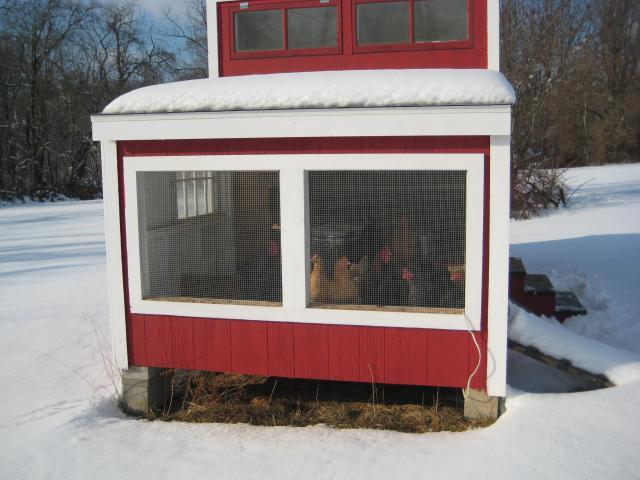2-3 square feet can work. Buuuuuut, still ensure you have plenty of ventilation. Because it does go to freezing there, and you could end up with a frosty coop. Another problem in small, poorly ventilated coops, is that the air quality itself is lousy. Not only with CO2, but ammonia from their waste. That opens your birds up to various respiratory problems. You really need good fresh air exchange.
Jack
So If a small coop is well ventilated, it's not such a problem? One has a 5 inch gap running around the whole roof line, the other's door is really large, and is never closed, but the largest one needs some work, I had a lot of frost bitten combs last year, and couldn't figure out the cause, and never thought it was form poor ventilation!!


